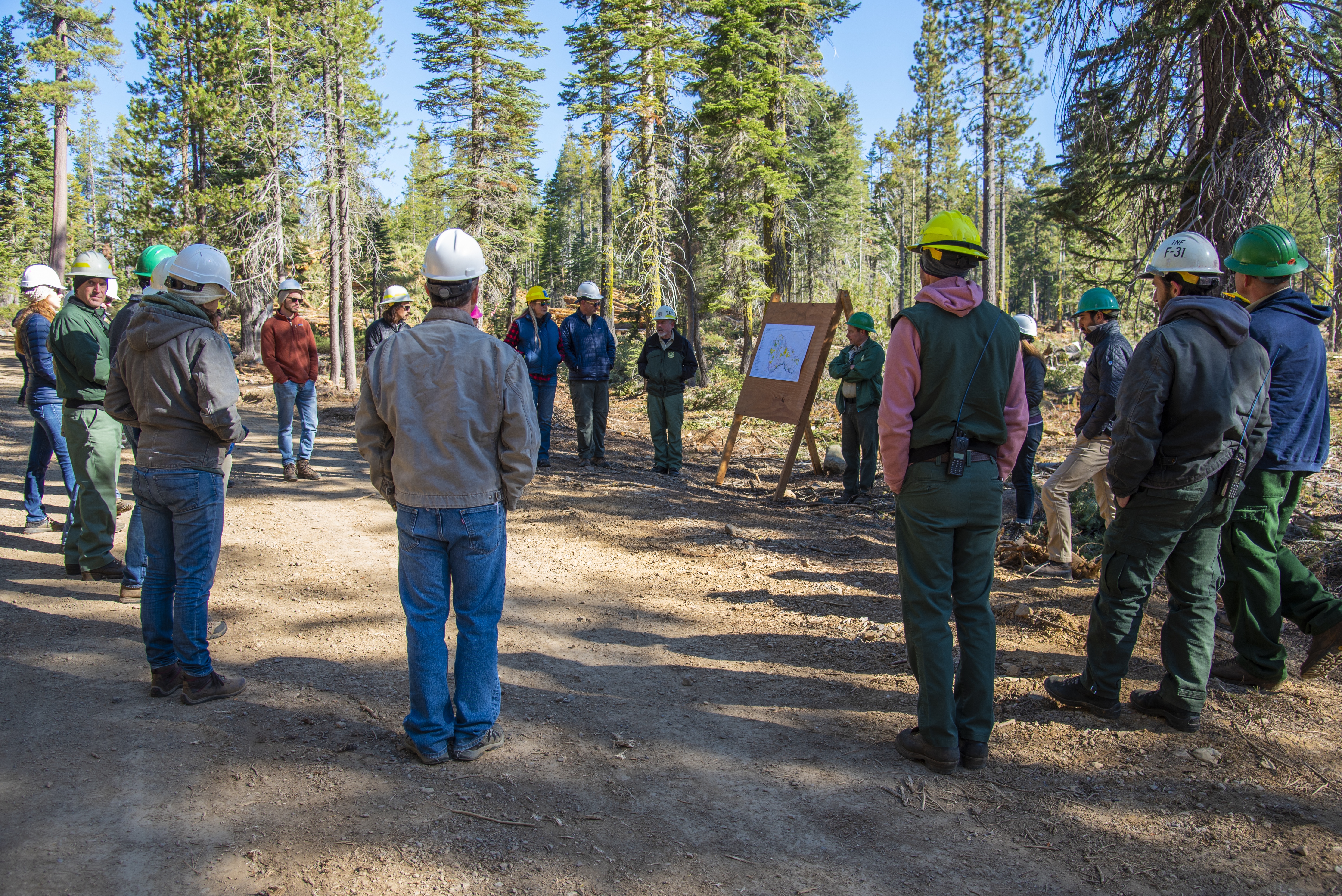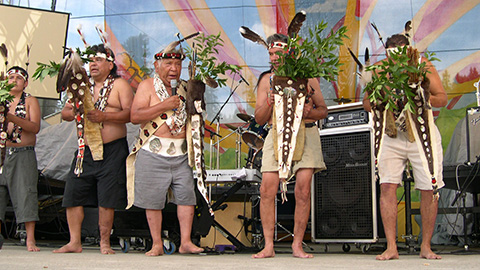Imagine you are miles from the nearest highway, in lands where dinosaurs once roamed. In the distance, you see the silhouette of what looks like a T-Rex looming within a thick stand of trees deep within the forest.
Then the creature’s lanky neck suddenly moves as it seems to devour a tree, then another one, and then more. With the loud clang of metal hitting metal, you quickly realize this is no dinosaur, it’s a massive crane-like heavy equipment vehicle and it’s not eating trees, it’s removing them. However, unlike a tense chase scene in the movie Jurassic Park, the mechanical beast is there to do good, working to improve the forest’s health.
It’s called mechanical thinning.
Along with prescribed burns and hand removal of forest debris, mechanical thinning is one of the Forest Service’s most important tools to reduce fire risk in our national forests. It is used to restore more natural forest structure with a focus on tree density, tree species distribution, tree age distribution and natural gaps in the canopy. Additionally, reduction of the number of trees reduces stress and competition in forested areas susceptible to insect and disease.
By now many wildland conservationists know that fire can be good for forests and grasslands. In fact, in previous decades, when the rule was to remove all fire from the landscape, massive amounts of fuel, in the form of small trees, shrubs and grasses, have built up in our more than 700 million acres of forests. All this excessive tree growth and dead plant debris have created unsafe fire conditions, that allow for fires to burn hotter and longer and spread further.
Periodic, low-intensity fires are essential to maintaining healthy forests—a centuries-old forest management practice carried out by Native American tribes.
Forest Service research has demonstrated that tree health is stressed by overcrowding, often causing natural fire-dependent species, like ponderosa pine, to vanish, and allowing highly flammable fuels, like the non-native cheatgrass, to build up and become fodder for massive forest fires. This is why the process of mechanical thinning is so crucial to forest health. It is in part the thinning of dense stands of trees that make wildlands better able to withstand fire.
Mechanical thinning of forests is a multifaceted process and often involves piling brush, pruning branches and creating fuel breaks. Tools the Forest Service uses to thin tree stands include everything from hand tools to chainsaws and rakes, to the aforementioned heavy equipment which aside from cranes can include bulldozers and wood-chippers.
Used on its own, or together with prescribed burning, mechanical thinning changes how wildfire behaves so that when a fire does burn through a treated area, it is less destructive.
For these and other reasons, the Forest Service manages prescribed burns and mechanical thinning to benefit natural resources and protect communities. However, there are potential downsides to mechanical thinning that the Forest Service carefully takes into consideration and tries to mitigate, such as effects on soil, water, or sensitive habitats. The Forest Service relies on skilled professionals, guided by law and policy, and grounded in science, to ensure that mechanical thinning sustains healthy forest ecosystems while also protecting lives and property.







